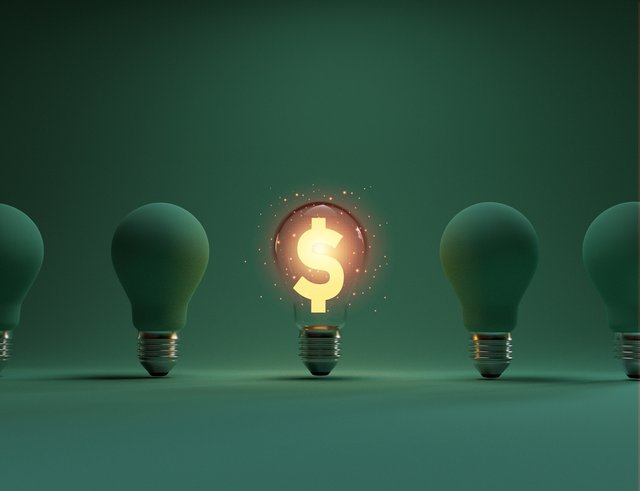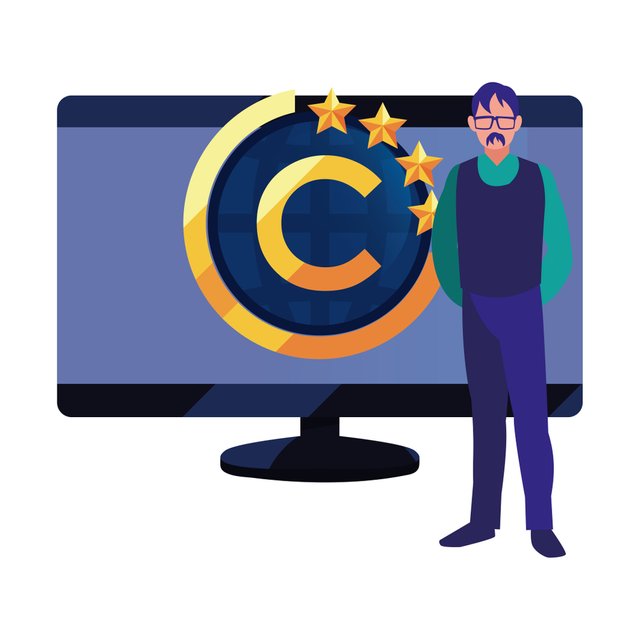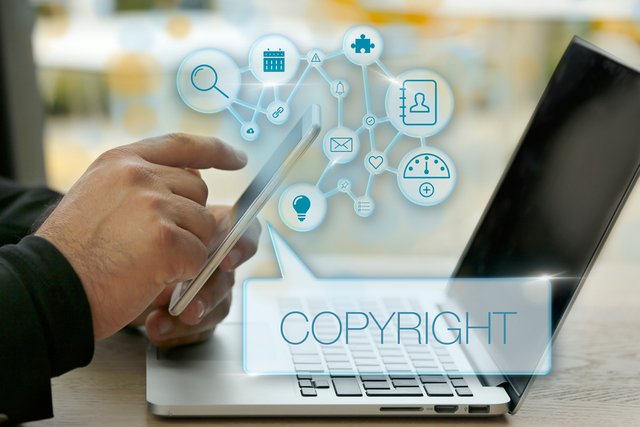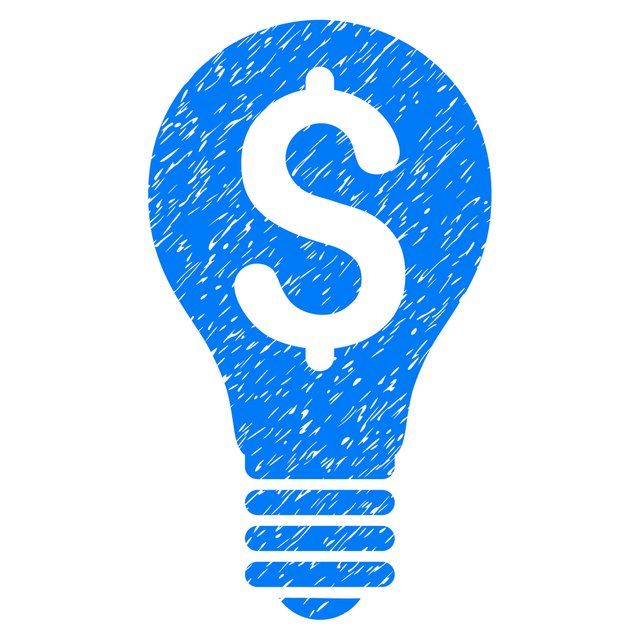How to Patent Your Invention: The Simple, Step-By-Step Guide
If you've got a great business idea and you're ready to turn it into a reality, the first thing you need to do is protect it. That's where patents come in. A patent gives you the exclusive right to sell your invention for a certain amount of time. You can use your patent to legally prevent anyone else from producing or selling the patented product without permission. So how do you go about patenting your invention? We'll cover all of that and more in this article!
How do I patent my invention?
There are two main types of patents, utility patents and design patents. A utility patent is granted to protect how an invention works, its uses, and its methods of production. A design patent protects the ornamental design of a product. To apply for a patent, you must have a working prototype of your idea. Said another way, in order to secure a patent on your new product, you must show a product being made, by your specific method of invention, or that your proposed product is similar to or may be used in the future by others in ways not yet described.
We've covered a little bit of the basics of using patents in this post, but I'd be remiss if I didn't delve into a little more detail and review some examples.
If you're wondering whether you need to have a patent term (usually 20 years) in order to receive any benefit from it or whether you can just get a free trial, we'll dive into that next.
Patents can be used in two main ways: as protective measures and as incentives for innovation. Protecting IP is core to the functioning of our legal system. Companies, organizations, and inventors are looking for someplace to protect their investments. Basic protections like copyright, patent, and trademark help ensure that the rich get richer, and consumers get better options. Your brand or your company can provide both.
Here are some examples of protection that would stimulate innovation.
Patents protect innovations.
Protection of innovations helps to ensure that you, as the rights holder, get first dibs on any new technology that makes its way into the marketplace. Anyone who wants to protect their innovation idea needs to either own the patented technology, or can get authorization from the owner of copyright or patent to use it in that organization or project.
Protection of innovations helps to ensure that new technology is circulated throughout society.
What are some good examples of inventions that were patented?
There are thousands of patents that have been approved by the United Kingdom Patent and Trademark Office (UKIPO). Some of those patents are for inventions that have been successful and some of those patents are for inventions that were never used again.Regardless, being able to patent your idea is an extremely valuable tool for protecting your business from competitors. This article will give you a detailed overview of the different types of patents you can get from the UKIPO, the advantages they provide, and some tips on how to go about patenting your business idea.
Types of Patents
There are various types of patents that apply to your business idea:
Accessories to the Product
These are patents that apply to tangible items that you carry with you during the sale of your product. In other words, your business idea can be patent pending for the idea of selling a product that includes a piece of paper with your business idea on it. The way these products are patented may vary from one product to another, but they are typically housed in a container that fits in a suitcase.
Featured Inventors
This patent type does not apply to products that you make yourself. The UKIPO only registers the ideas of people who are “originator(s),” meaning they invented the idea before anyone else. It’s important to consider the broader context of your business idea, such as your business's product or service, to determine who should really be given credit for your invention.
Reasonable Expectations of Benefit
If you truly believe your product or service will revolutionize the way people work, you can pick and choose who is able to patent your idea. This would be a crazy, illogical patent application, and you would stand to lose a lot of money, trust me.
What are the benefits of patenting an invention?
A patent is a limited property right granted by the government to an inventor. It gives the inventor the exclusive right to make, use, and sell the invention for a limited time, usually 20 years. It’s an important document that can help protect your invention and give you the legal right to sue anyone who infringes on your patent.
Before we jump into the legal issues you must consider.
When it comes to using a patent on your business idea, knowing what you can do and what you can't do can be really important. The U.S. government doesn't want its citizens patented because they don't want to develop a “race to the bottom.” (In other words, if there's no one else competing with you, then your idea can be completely protected.)
As with most patents, a great idea really does translate to a great tool. This has caused many people to think that you can patent your business idea, using it for the rest of your life, and the rights to the invention will have perpetual life. This isn't the case. A patent expires once you use it. The U.S. government restricts your rights to exclusive use of the patent whenever there's another party who comes along and uses the invention for a longer time than you. When it comes to software, this means that you can't patent a system, method, or feature that you designed, developed, or used in order to create software of your own.
But that doesn't mean you can't patent other things. By claiming your idea and restricting others from using it, you're giving yourself an asset that can be used to protect your business from competition and safeguard your investment. Let's dig a little deeper into each of these different elements to see how they work together.
. Claiming Your Idea -- How Does It Work?
Patents can be granted for a specific invention called a "claim," and they're similar to copyright. A claim is what gives you the exclusive right to use the thing you're claiming.
What are the disadvantages of patenting an invention?
If you decide to patent your invention, you can name yourself as the inventor on your patent, or you can name yourself and another person. For example, you can be the inventor and your business partner can be the owner of the patent. You can also name your company as the owner of the patent. Now you're technically the person who owns the patent, but not the actual product that can be sold. More on that shortly.
What is Patents?
Patents are a limited or non-exclusive right to protect an invention. This invention is called a patent, which can have many different names depending on the country or company. A patent serves many purposes, but the most important one is protection against infringement. As an example, let's say you want to sell a new medicine for long-term health benefits, or you're the local restaurant chain that markets healthy food. It wouldn't make sense to go after the grocer who throws around the term “health food,” but you do have a legal right to protect your long-term health.
Patents can also protect ideas. Perhaps you have a great new recipe that you want to make widely available to the public. You can name yourself the business owner or maintenance engineer attempting to create a copy of the original recipe. This is the only way you could get someone else to make a copy in the legal marketplace for your protected idea. Let's explore a few more patent applications for our business!
Defining an 'Invention'
The first step to copyright or patent law is to define an idea. Your definition of an idea is factual; it neither involves words nor symbols (example).
Can I get help with applying for my own patent?
You can get help with applying for your own patent by hiring a patent lawyer to help you apply for the patent. A patent lawyer will help you avoid some of the more common mistakes that people make on their own, like leaving out some key information or making the patent too broad.
Consider the Application (.pdf)
Some people tend to get a little too carried away when trying to think of what they want their company to do. In fact, a lot of people make ridiculous claims about "real estate for nerds" after reading the concept behind a basic application. For example, one guy even mentioned that he was suing Twitter because of an alleged infringement!
You don't want to waste your time applying for a bunch of patents and waiting around for them or trying to get someone else to pay for the patent so that you can do something. You definitely don't want to spend a lot of money (if you're a small business owner or entrepreneur) because then someone else can come in and pay for the patent and you’ll have to defend them. One way to avoid this is apply for a single user patent so that you have exclusive rights to that one particular thing.
Your First Patent Which Will Cover Outlines & Risks
The most important part of applying for a patent is the "Overview" section. This is what shows off the basics of your patent and gives potential investors some information about your business and your business plans. It really doesn't need to be a lot at all! You don't need to write out a full business plan here, just show the basic outlines and give a taste of what you're trying to do.
The rest of the patent is what we call "claims" – the individual claims that you hope the other party will infringe. Claim wording can vary. Some things are patentable simply by stating the problem, solution, and rate of return (or "URAR" naming those things).

.jpg)


.jpg)